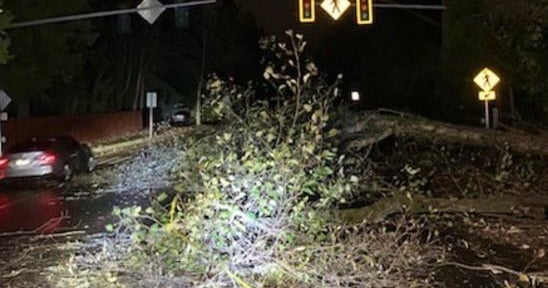Stunning views of rare "ring of fire" annular eclipse
The first solar eclipse of 2017 treated viewers to a rare "ring of fire" in the sky on Sunday.
The annular eclipse — which occurs when the Earth, moon and sun all align, with the moon appearing to block out the sun — was visible from parts of the Southern Hemisphere.
"An annular eclipse is the product of almost the same celestial geometry as a total solar eclipse — that is, from the perspective of some place on Earth, the moon crosses in front of the sun's center," NASA explained. "But an annular eclipse is different in one important way — the moon is too far from Earth to obscure the sun completely, leaving the sun's edges exposed and producing the 'ring of fire' effect."
Astronomers working with the Slooh community observatory captured stunning images as the eclipse passed through the skies over Chile and Argentina, before progressing across the Atlantic to parts of Africa.
Sunday's annular eclipse is the first of two solar eclipses skywatchers will be treated to this year. The next one, on August 21, will be the first total solar eclipse to traverse the continental U.S. in nearly 40 years.
It will cross the U.S. from west to east, starting in Oregon and ending in South Carolina, with the peak moment of greatest eclipse occurring as the sun passes over Kentucky and Tennessee, according to NASA.
During the total solar eclipse, the moon completely covers the sun, and NASA warns "it's essential to use a proper solar filter or an indirect viewing method" to view it safely.
That warning holds true for annular eclipses like Sunday's as well. In South America, people used special protective filters to view the rare phenomenon.
This time-lapse video posted by Slooh shows the progression of Sunday's annular eclipse at double the actual speed.






